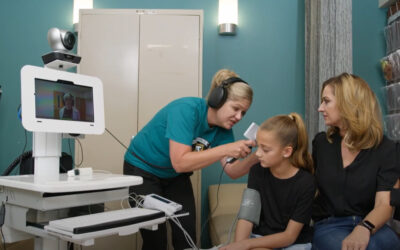The pandemic prompted a meteoric rise in telehealth utilization, with FAIR Health’s Monthly Telehealth Regional Tracker reporting an increase of nearly 3,000% from November 2019 to November 2020. This indicates just how quickly healthcare providers rushed to fill the need for virtual care. While this rapid response is admirable, it also means that many organizations opted for cheap and easy solutions that maximized the capacity for care through videoconferencing, while leaving the rest of telehealth’s potential still untapped.
Note: this article was originally published in Healthcare Business Today.
Now, however, as care providers begin to look toward a future beyond COVID-19, it’s important to look at the role telehealth can play and, more importantly, what else virtual care can do. Companies that want to capitalize on the new demand for telehealth should start looking into how they can expand their offerings beyond videoconferencing to create a comprehensive plan for remote care.
How healthcare leaders can transcend video to see telehealth’s full potential
A telehealth platform should be able to handle a variety of services that can address the unique needs of patients and providers. Here are three major ways healthcare leaders can expand the scope of their health system’s virtual care offerings:
1. Tailor the tools to specific needs.
Use a platform that supports different modalities to enable the customization of tools based on patient and provider needs.
2. Integrate with medical devices.
One of the most promising aspects of remote care is the ability to monitor patients’ health data even outside of the doctor’s office. With that in mind, providers should offer a portfolio of medical devices for both in-clinic and home use. Devices for capturing vitals, medical images, stethoscopes, EKGs, ultrasounds, and more can all be used to assess a patient remotely. With proper integration, the audio, video, and data from these devices can be immediately viewable within a live session.
3. Support seamless integration with an EHR.
In order for telehealth to reach its fullest potential for an organization, providers must remain enthusiastic about its capabilities. If new tools require clinicians to perform additional tasks that disrupt their workflows, this isn’t likely to be the case.
Read the full article published in Healthcare Business Today:




